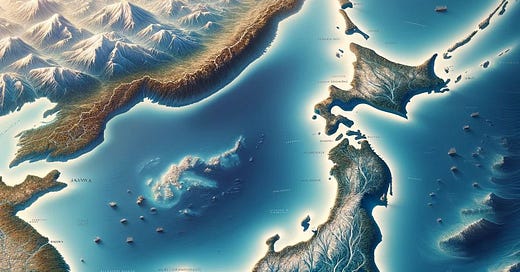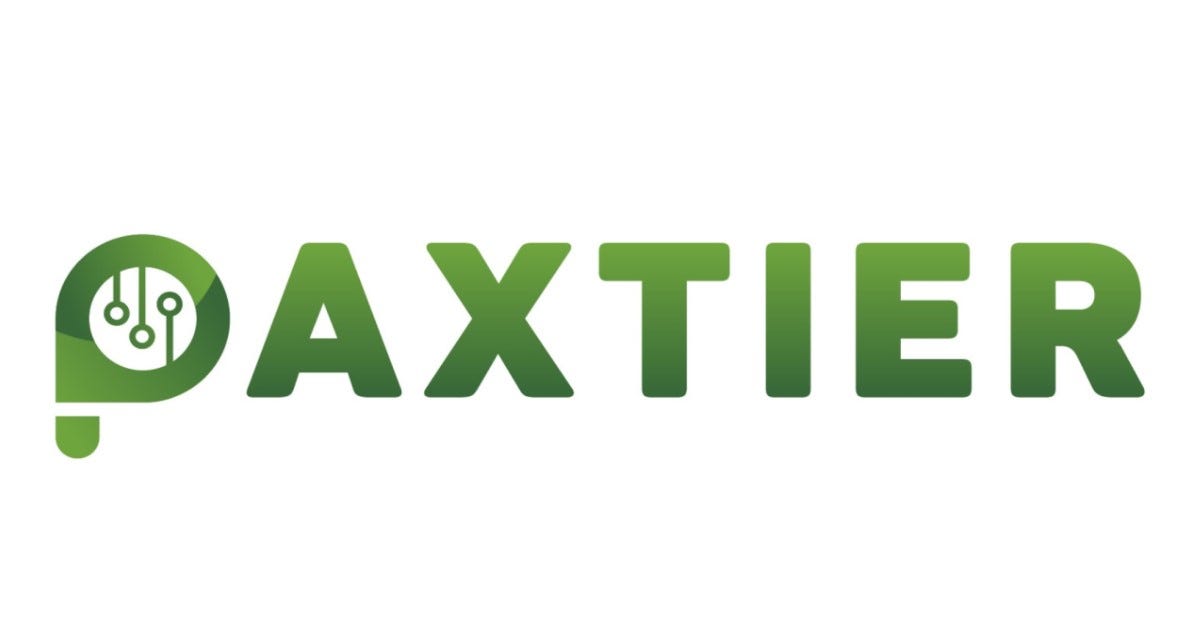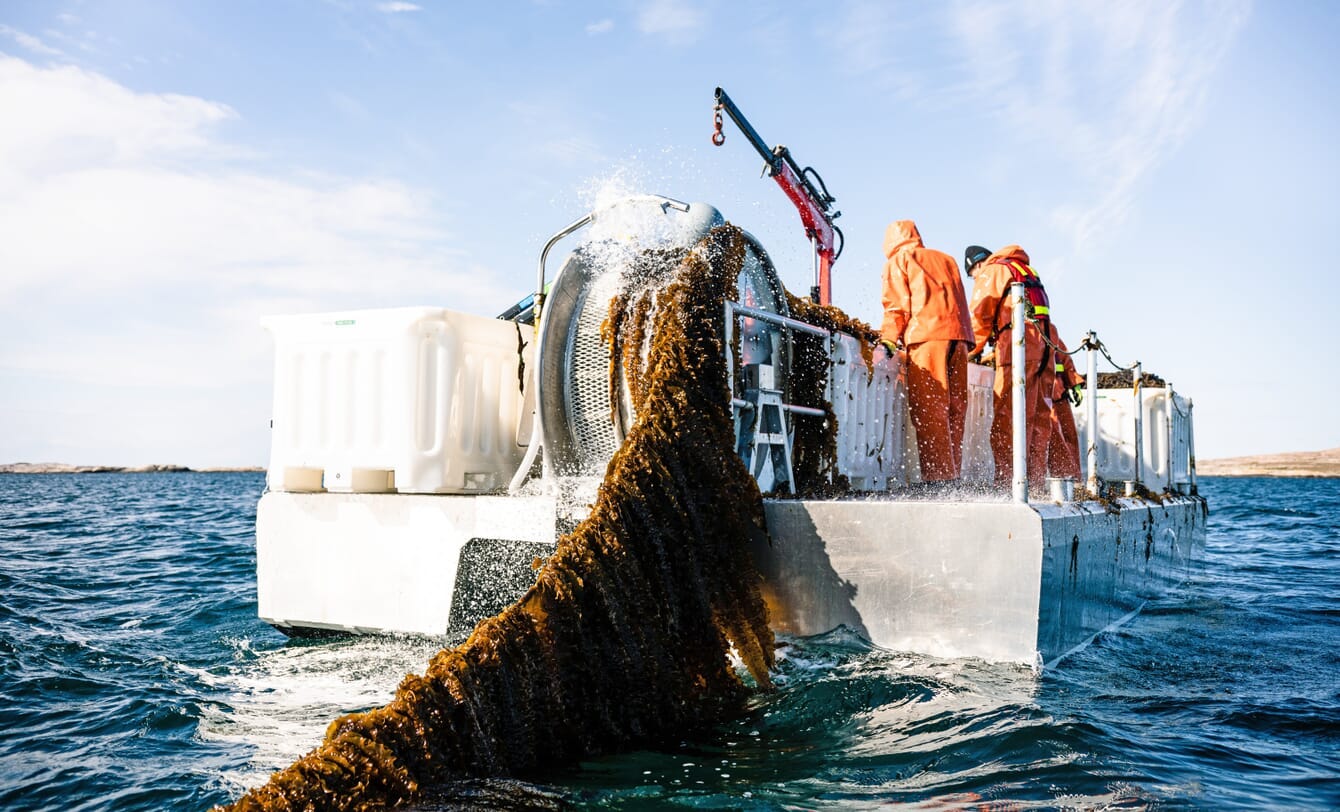🌊 Japan's Seaweed Blue Carbon Takes Centre Stage
PLUS: Propeller announces close of inaugural fund at $117 million, and Veramaris aims to reduce GHG emissions by nearly a quarter.
“This means kelp restoration initiatives that support carbon sequestration and biodiversity will be a lot easier to finance.”— Brian Tsuyoshi Takeda
Dear seaweed and microalgae investors, operators, and technologists, welcome to another edition of the Paxtier Report!
Food for thought this week…
The Big Idea
Japan is now factoring in the carbon sequestration of wild seaweed and seagrasses into its national emissions calculations.
This is believed to be the first instance where a country includes national seaweed CO2 absorption in Greenhouse Gas Inventory Reports submitted to the United Nations.
The methodology
Leveraging satellite imagery, the government estimated annual blue carbon absorption at 360,000 tons in 2022, equivalent to the emissions of about 140,000 households.
In the broader context, this may not seem like much, but there are indications that it will be used more as a conservative baseline. A recent study suggests that annual blue carbon absorption in Japan lies between 1.32 and 4.04 million tons, with seagrass meadows contributing 23%, macroalgal beds 54%, and mangroves 14%. Assuming a continued expansion of restoration efforts in the nation, it's believed that by 2030, these ecosystems could potentially absorb between 1.57 million and 5.18 million tons of CO2 per year.
Why it matters
The move is expected to further energise the trade of domestic blue carbon credits. Currently, "J Blue Credits," created through environmental restoration and endorsed by the government-authorised Japan Blue Economy Association (JBE), are in demand. Several prominent companies and entities, Idemitsu among them, have shown keen interest in exploring and investing in this carbon credit system.
Nonetheless, many organisations have been waiting for further legitimisation of the sector. Consequently, the government's recent vote of confidence should help derisk future credit-generating projects.
Here’s what Brian Tsuyoshi Takeda noted on the topic:
“This decision will make Japan the first in the world to integrate algae into its carbon accounting.
This means kelp restoration initiatives that support carbon sequestration and biodiversity will be a lot easier to finance.”
Looking ahead
Ultimately, Japan's swift progress underscores the benefits of government-led management of blue carbon stocks and markets. This serves as a timely response to heightened scrutiny surrounding the integrity of Voluntary Carbon Markets and the rapid, occasionally unregulated development of offset projects.
In addition, the country's momentum in the near-shore seaweed and blue carbon sector establishes it as a leader in this domain. And the approach it is developing has the potential to become a model for other nations and organisations, akin to Australia's exemplary efforts in introducing Asparagopsis feed supplements.
What are your thoughts? Let me know in the comments.
In today’s report…
Markets: 📈 Chemergy, Inc., Algas Organics, X-MET LTD, and Carbonwave win Public Innovation Challenge.
Deals: 🤝 Propeller announces close of inaugural fund at $117 million and investments in 14 portfolio companies.
Movers and Shakers: 🌊 Veramaris aims to reduce GHG emissions by nearly a quarter.
Around the web: 🌿 (Paper) Innovative microalgae extraction technique aims to prevent water blooms.
Markets and Investing
✂️Algae Market Snippets
Some big moves in recent weeks…
General
🌊 Propeller announces close of inaugural fund at $117 million and investments in 14 portfolio companies (Read more HERE).
Macroalgae
🌿Taiwanese biotech firm specialising in seaweedbased ingredients is studying its fucoidanpolysaccharide to expand its potential in the cosmetics market (Read more HERE).
💸 Chemergy, Inc., Algas Organics, X-MET LTD, and Carbonwave win Public Innovation Challenge. Each to receive $100,000 USD and product testing (Read more HERE).
👏 Lauren Enz launches Searenity Seafoods to bridge sustainable aquaculture and consumers (Read more HERE).
🤝 Cornell University College of Agriculture and Life Sciences partners with Symbrosia and Danone North America to prove effectiveness of seaweed oil extract for livestock methane reduction (Read more HERE).
🌿 Scandinavia's largest offshore wind farm, Vattenfall's Kriegers Flak, plans to harvest seaweed in Spring 2024 (Read more HERE).
📈 First phase begins for CH4’s methane-reducing facility (Read more HERE).
👏 Sway and EcoEnclose launch first seaweed-windowed retail box for CPG brands (Read more HERE).
🐄 New guidelines released for livestock methane emissions reduction grants in Australia (Read more HERE).
🤝 Oceanium appoints Benjamin Armenjon as MD for seaweed development (Read more HERE).
📈 Ocean Harvest Technology set to meet full-year guidance - share price increases. Company also announces retirement of CCO Hadden Graham (Read more HERE).
👏 BioMara announces the completion of a sustainable bio-based materials and manufacturing project (Read more HERE).
👏 New research project to make seaweed farms more efficient announced (Read more HERE).
Microalgae
💸 The Minister of Environment, Water, and Agriculture sponsors second phase of algae and aquaculture project partnership with KAUST (Read more HERE).
📈 Vinpai reports 2023 revenue increase to €7.9 million (Read more HERE).
👏 Veramaris aims to reduce GHG emissions by nearly a quarter (Read more HERE).
💸 Mewery, a Czech start-up developing cultivated pork using microalgae, has been awarded a non-dilutive grant of almost €200,000 by the government (Read more HERE).
👏 Würth Elektronik showcases microalgae production collaboration at DLD Conference (Read more HERE).
👏 UFAC-UK announces new algae-based omega-3 supplement, Algi40 (Read more HERE).
🐦Tweets of the week
🔥 What else was hot in seaweed and microalgae this week?
Macroalgae
🌊 COP31 seaweed breakthrough discussed as potential last hope for wild stocks (Read more HERE).
🌿 Insights from Sweden’s leading seaweed farm revealed (Read more HERE).
🌿 Ocean medicine: How seaweed can be harnessed for drug development (Read more HERE).
🌿 New fossils suggest kelp forests have swayed in the seas for at least 32 million years (Read more HERE).
🌿 UMaine supports Boothbay Register's seaweed farming science program (Read more HERE).
🧪 (Paper) Study assesses hydrogen peroxide as a bioindicator in seaweed aquaculture (Read more HERE).
🌊 Could free-floating DNA unlock the kelp carbon mystery? (Read more HERE).
Microalgae
🟢 Cyanobacterium light-harvesting complex altered for enhanced energy use (Read more HERE).
🐋 Venture to fertilise ocean with synthesised whale poo eyes gigatonne-scale carbon removal (Read more HERE).
🧪 (Paper) Comparative analysis of SPL transcription factors from streptophyte algae and embryophytes reveals evolutionary trajectories of SPL family in streptophytes (Read more HERE).
🟢 Research reveals complex green organisms emerged a billion years ago (Read more HERE).
🧪 (Paper) Innovative microalgae extraction technique aims to prevent water blooms (Read more HERE).
🟢 Astaxanthin shown to reduce obesity-related complications (Read more HERE).
🧪 (Paper) Impact of Chlorella vulgaris, Nannochloropsis salina, and Arthrospira platensis as bio-stimulants on common bean plant growth, yield and antioxidant capacity (Read more HERE).
That’s all folks!
Thanks again for joining us this week. Hope you have a great day and stay tuned for more seaweed and microalgae updates soon!
Best,
Peter













